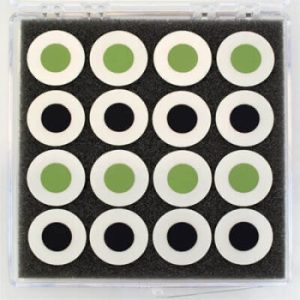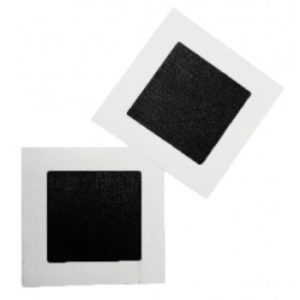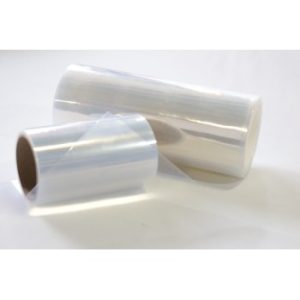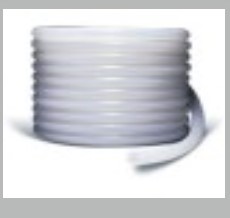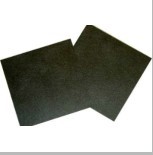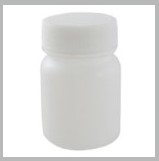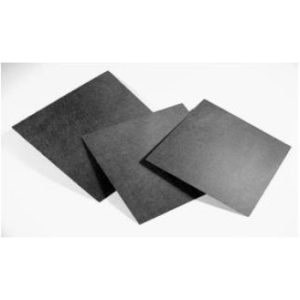Gasketing
Call for Price
Gaskets provide correct compression and act as a ‘barrier’ for potential fuel leaks; maximizing the highest possible efficiency. One of the important parameters in a fuel cell build is the thickness of the gaskets. The gasket thickness determines how much the flow fields are allowed to pinch into the electrode. For a good contact (i.e. low contact resistance), it is essential that the values are 0.002” to 0.003” for a carbon paper backing and 0.010” to 0.015” for a carbon cloth backing*. Since electrode thickness for anode and cathode may vary, gasket thickness for each side is determined separately using the formula: Gasket thickness = (individual electrode thickness) – (desired pinch).
- Teflon Gaskets
- Silicone Gaskets
- EPDM Rubber Gaskets
- Mylar Laminate Gaskets
- Kapton / Polyimide Gaskets
- Natural Rubber Gaskets
- Chemical-Resistant Rubber Gasket
 +91-8800903073, 8452810712
+91-8800903073, 8452810712

